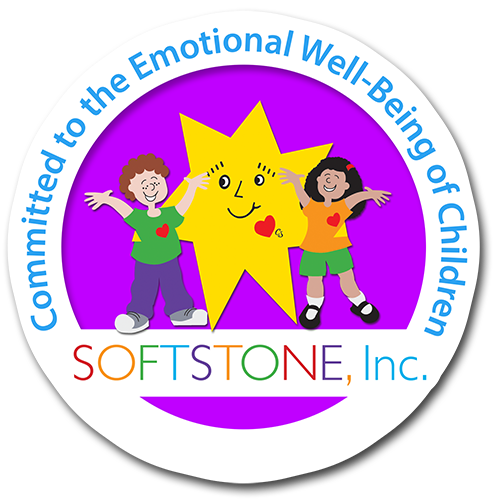How do we teach children to have hope in these challenging times? Hope is the ability to see a light at the end of the tunnel. For children this is difficult as they have limited experience in the ebb and flow of the human experience. Even adults in these times are struggling with keeping hope alive on so many levels. Especially this past week with the outpouring of violence right on our US Capitol. I myself am feeling overwhelmed and somewhat powerless as I am sure many of you are. Children pick up our energy and experience these feelings also as we are experiencing them. They can’t name them or express them but they are feeling them. So, how do we encourage ourselves and our young children to feel and experience hope in this darkness?
How Do We Teach Children to Have Hope?
Remember the song, Reach Out and Touch (Somebody’s Hand) by Diana Ross? Though we can’t touch anyone’s hand right now, we are able to turn the TV off and reach out to friends and family. During any crisis, the first response is who can help me? Who is able to support me and help me navigate these unwieldy emotions that render me incapable of moving forward? This is how we keep hope alive. Connection and finding a buddy to help is how we keep hope alive. This is EQ attribute #6 (Sustaining Hope) and so important to teach at a very young age.
I call it the Buddy System. A buddy is different than a friend. A buddy is someone you share your feelings with and look to for support. A friend may be a buddy also but we have many different kinds of friends. Even as adults, we have friends but often do not have a buddy. We need to teach children to do the same, have friends and buddies. Whether you work in early childhood, are teaching in a school, or parenting at this moment of darkness in our country and history, help your children find a buddy. In childcare settings, watch the dynamics.
I encourage all those who have small children or work in an early childhood setting to have each child have a buddy each week. At home, the buddies can be Mommy or Daddy or a sibling, pet or doll. Teach children to find support with that someone who is their “buddy”. We now have to consider virtual buddies. It’s teaching the concept of having a buddy and being a buddy that is important!
Pick A Way For You And Your Children To Demonstrate Hope and Unity
Picking a way for you and your children to demonstrate hope and unity will help settle those feelings of fear and powerless. Whoever your state representatives, they need to hear your voice. Sitting down together and composing the letter even with your young ones will feel reassuring. Go together and mail it and then sit down together and talk about how that felt. Then reach out to your community and offer to serve in some way. Experience kindness and goodness together. Do a project with your buddy. Buddies can also change every week. In fact, I recommend that.
Hope Is The Legacy We Want To Pass On
As human beings we all need to connect to keep our humanness alive and well. Opening our hearts and sharing our wins and losses gives them meaning and provides the lessons that help us remain kind, generous and caring. Tell someone about who you are so that they can reach out and know how to be your great buddy. Buddies, not just friends, are very special people. They are there when you need them and when your heart is yearning to feel loved and accepted. Teach your children how to be a good buddy by being each others. The legacy of hope resonates beyond you and me.
Let’s clean up this mess one emotionally intelligent child at a time!
EQ for Children Website | Visit My YouTube Channel
Resources to help you teach children to have hope:
Please check out the materials below to help you teach your children how to be a buddy. Follow the daily guide from the Voices of CJ program..
Check out the parent and teacher guides for helping children learn how to be a buddy. Emotional intelligence develops with learning this skill.
Parent Guide for Emotional Intelligence: “A Guide to Teach the 7 EQ Abilities at Home”


